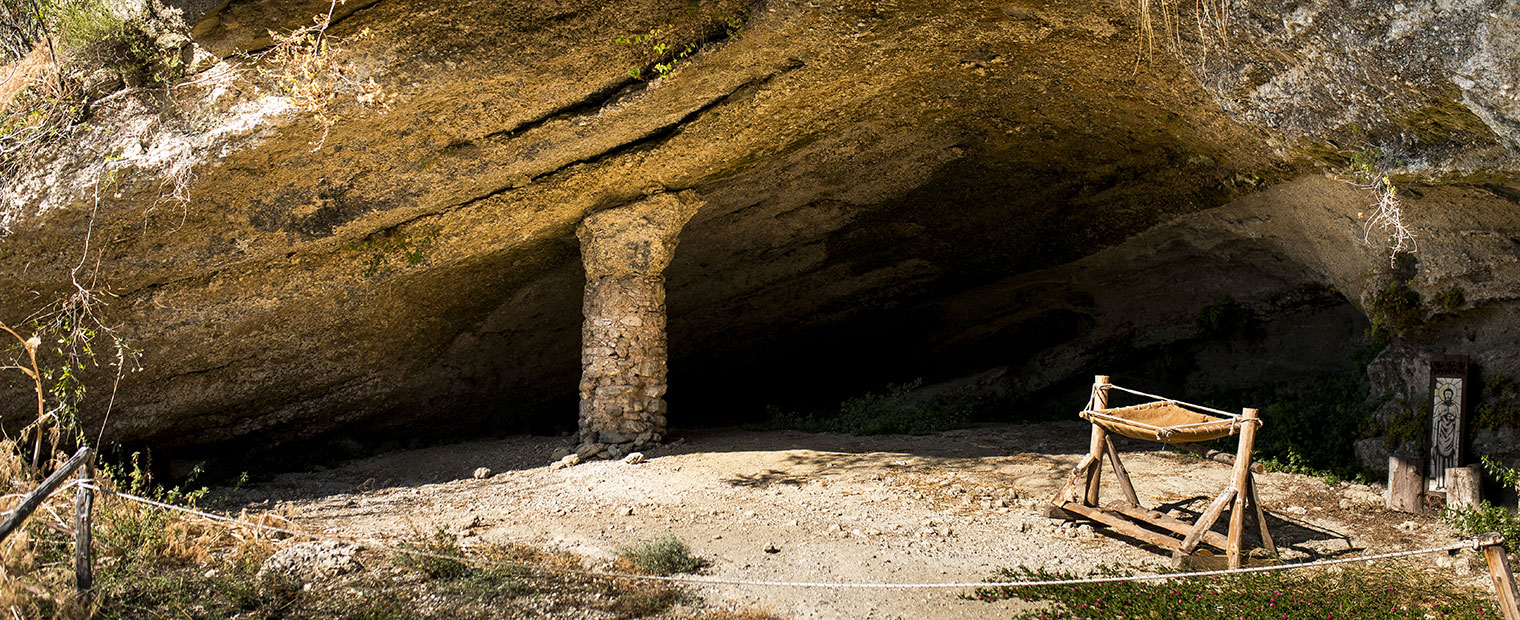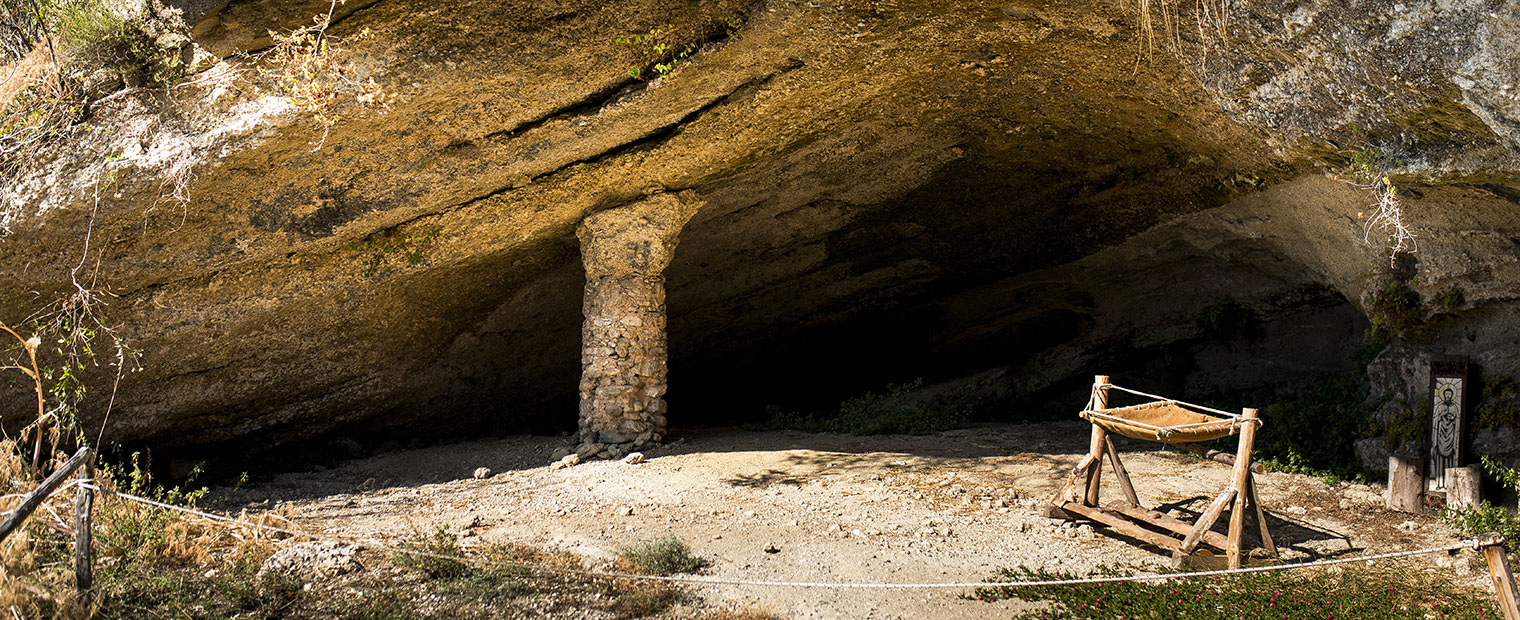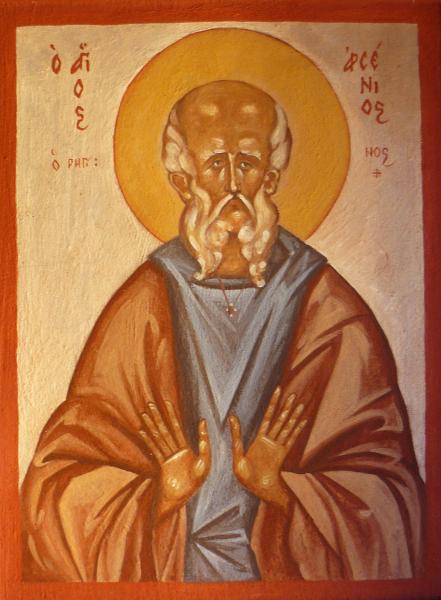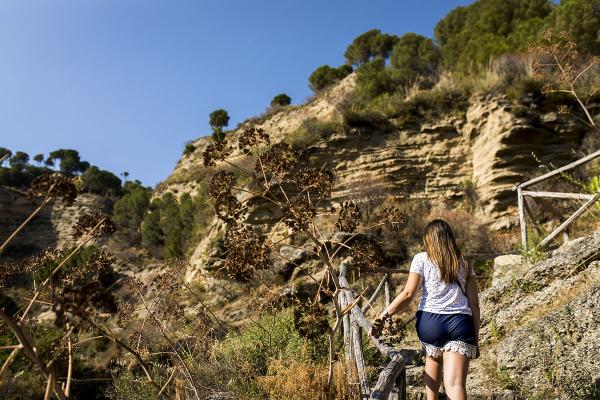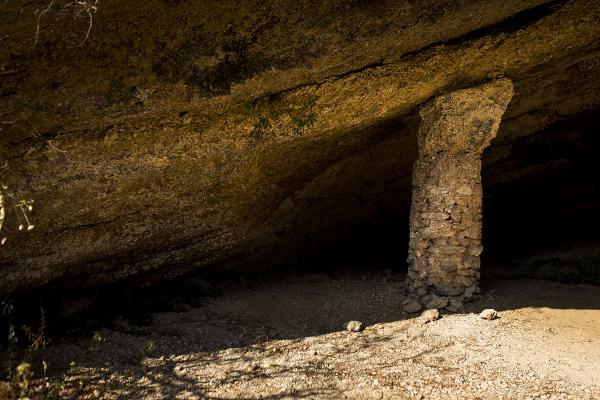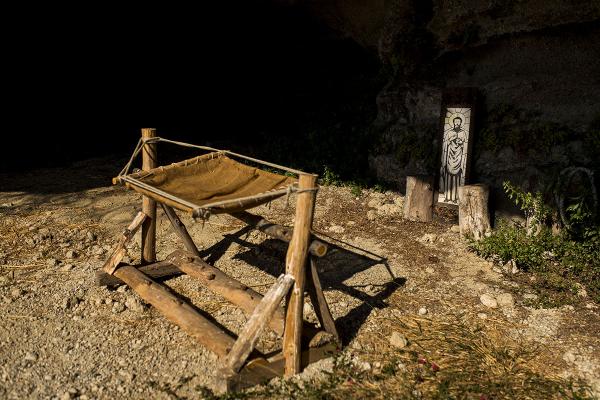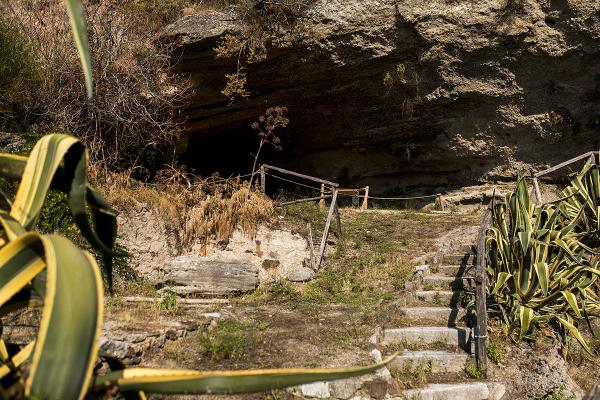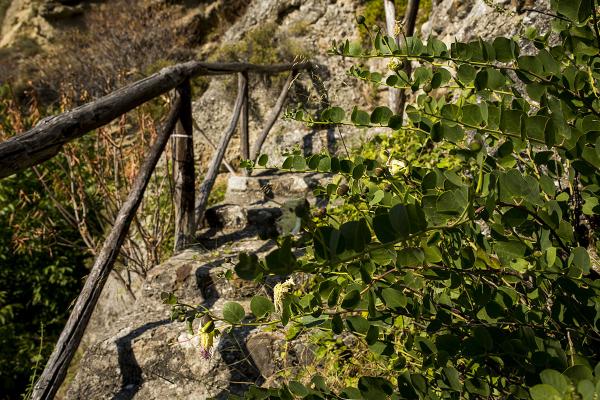Arsenio da Armo was a Basilian monk who later became a saint. He lived during the 9th century and was revered both by the Catholic and the Orthodox churches.
Most of the saint’s biographical information comes to us thanks to the testimony written by his discipline and comrade Saint Elia lo Speleota. His date of birth, which occurred in 810 AD, is certain, as well as his Reggio origin. At 15, he already embraced monasticism and the rule of the Greek ascetics of Calabria. Together with Elia, who was also from Reggio, they settled at the church of Saint Lucia di Mindino, located in the hilly area of the city of the Strait, in what is currently known as the Condera district. Due to conflicts generated with other religious sects, they suffered the usurpation of the small farm that the two cultivated to live off, and, not having received justice from the corrupt strategist, they decided to abandon that site and move to the southern area, precisely in Armo, where the church of Saint Eustrazio stood.
In these places, according to the monastic hagiography of the saint, Arsenio received the gift of discerning the blessed spirits from the evil ones from the Holy Spirit, managing to understand the true contrition of faithful sinners. They experienced difficult years, made up of long fasts that lasted even for ten days in a row, vigils, continuous prayer, and incessant meditations on death. For this purpose, the monks slept in the cave monastery in the same place they had chosen to be buried.
In support of his charisma, Elia, in his biographies, tells of Arsenio’s attempt to convert a slave trader, who remained indifferent to the monk’s warning, died in short time. The widow asked as a reparatory act to celebrate a mass in suffrage of the deceased, but during the celebration, when Arsenio was about to pronounce the merchant’s name, the figure of an angel covered his mouth three times, forcing him to understand that the bad man’s soul could not be saved, causing him to exclaim: “Certain sins are light as straw or hay, and are easily blotted out, but others are as heavy as iron or lead, such as adultery and murder, or theft and hatred: these sins are unlikely to be forgiven.”
Fame now preceded the two Reggio monks and when the Saracens were at the gates of Reggio for yet another raid, probably between 888 and 889, they managed to find refuge in Greece, in Patrasso, where the bishop and the people celebrating welcomed them. There he continued his life in prayer and holiness for either years, finding serenity and refuge in a tower outside the city. Upon returning from his Greek experience, Arsenio became ill and died on May 12th, 904. He remains were laid by his brother and friend Elia in the temple of the holy martyr Eustratius.

The hermitage cave of Saint Arsenio
The cave of the same name that welcomed the saint to Reggio can still be visited today. The ancient hermitage located about five hundred metres south of Armo, a district of Reggio Calabria, is located 375 metres high and can be easily reached via a signposted path that climbs up starting from the river of the same name. The antrum is spread over a single large hypogeum diffusely illuminated by the daylight that penetrates its vast entrance. The soil is made up of sandy sediment produced by the wind and water erosion exerted by atmospheric agents on the rocky mass of the hill. Human intervention can be found in the presence of a masonry column located close to the cave’s left wall. The liturgical commemoration occurs every year on January 15th, according to the Catholic Church’s calendar, and on May 18th, according to the calendar of the Orthodox rite.
Visiting the cave
To visit the Cave of Saint Arsenio, which is located a few hundred metres from the town of Armo, immersed in a suggestive landscape; contact some local associations such as the Cooperativa Comunità Sant’Arsenio and the Association of Saint Arsenio. The associations are committed to the improvement of the territory through the organisation of cultural and food and wine events that highlight the uniqueness of this mystical place.
